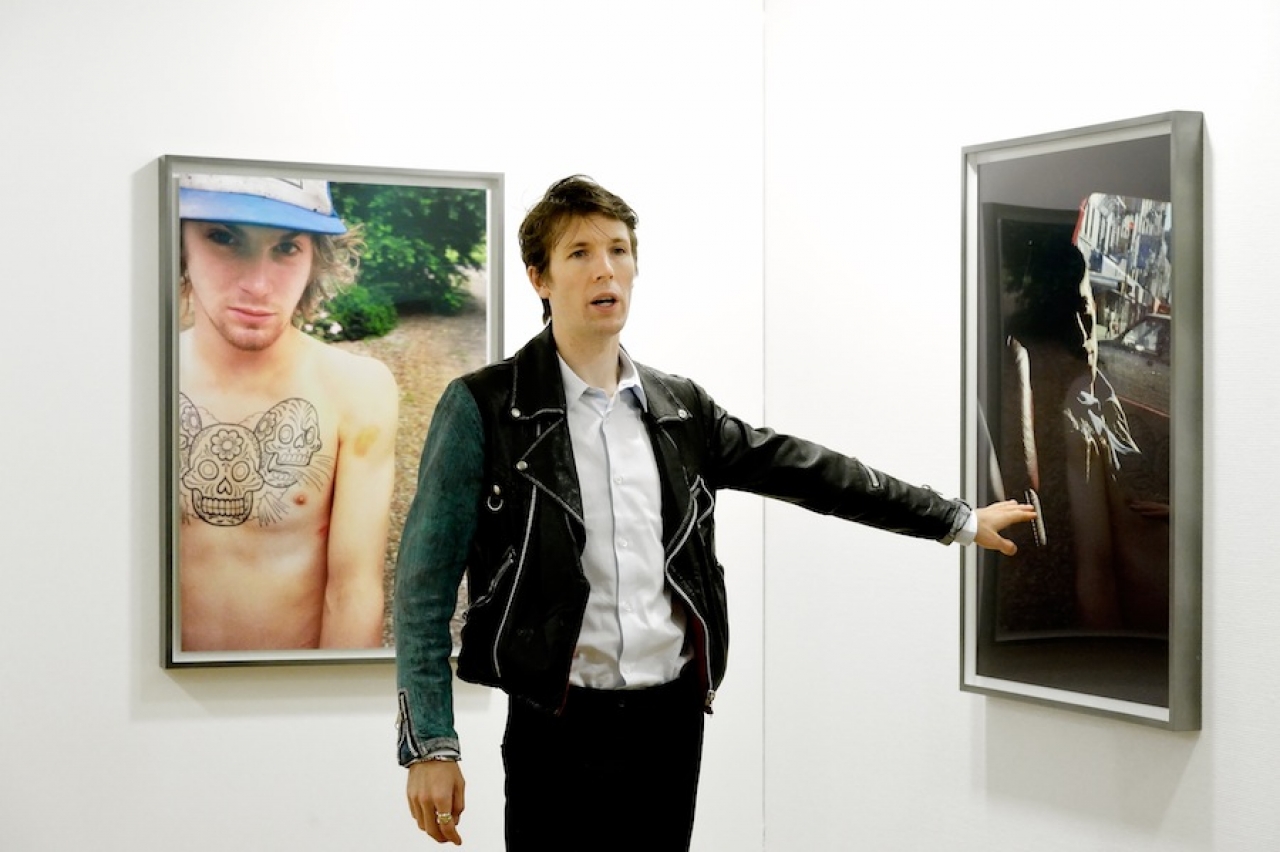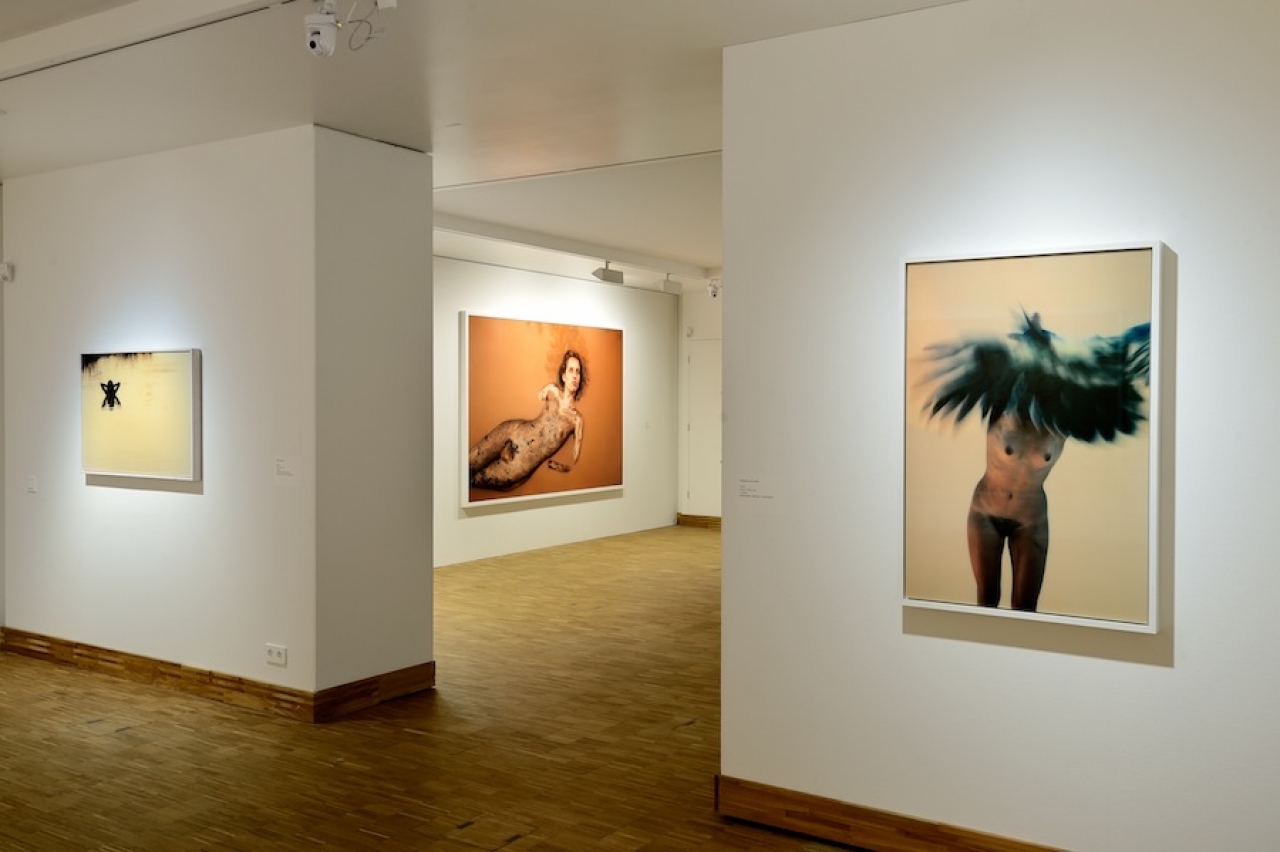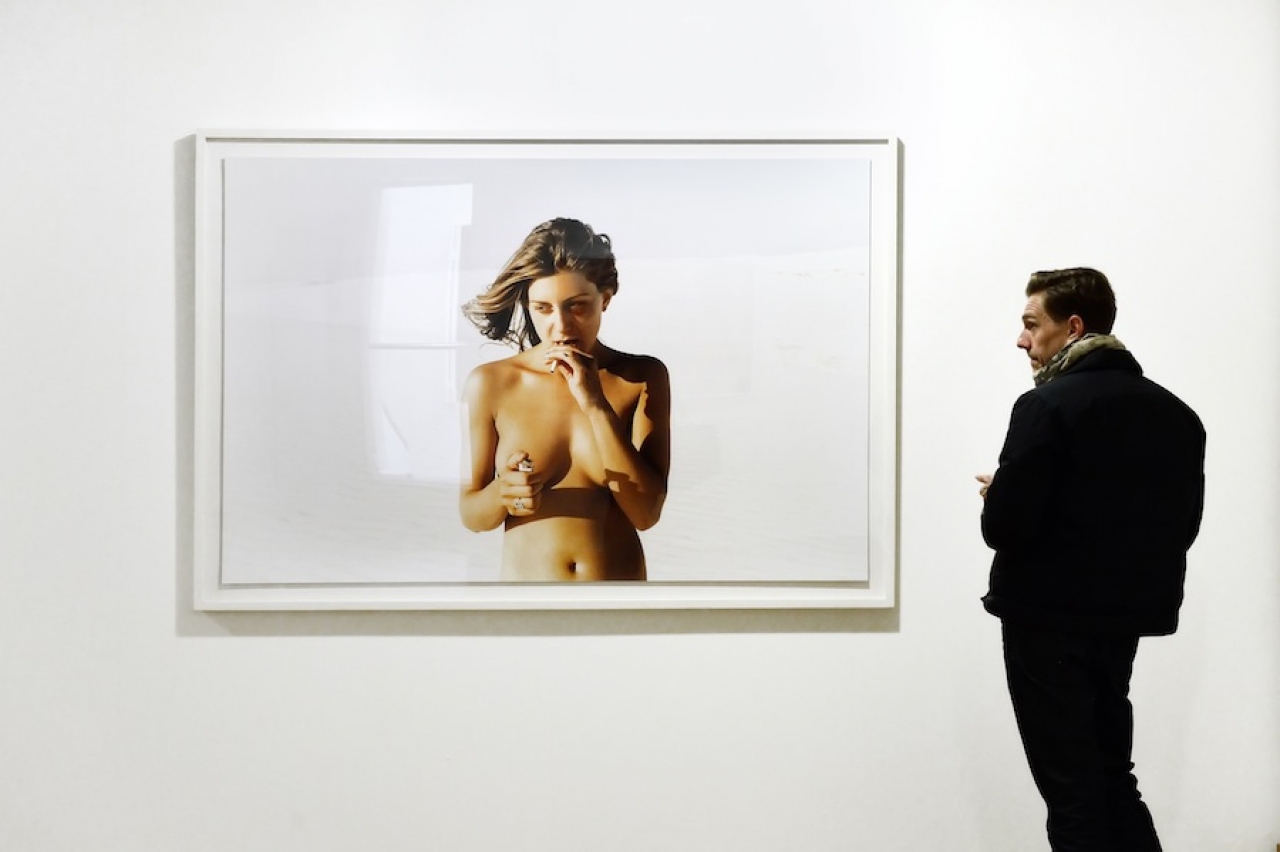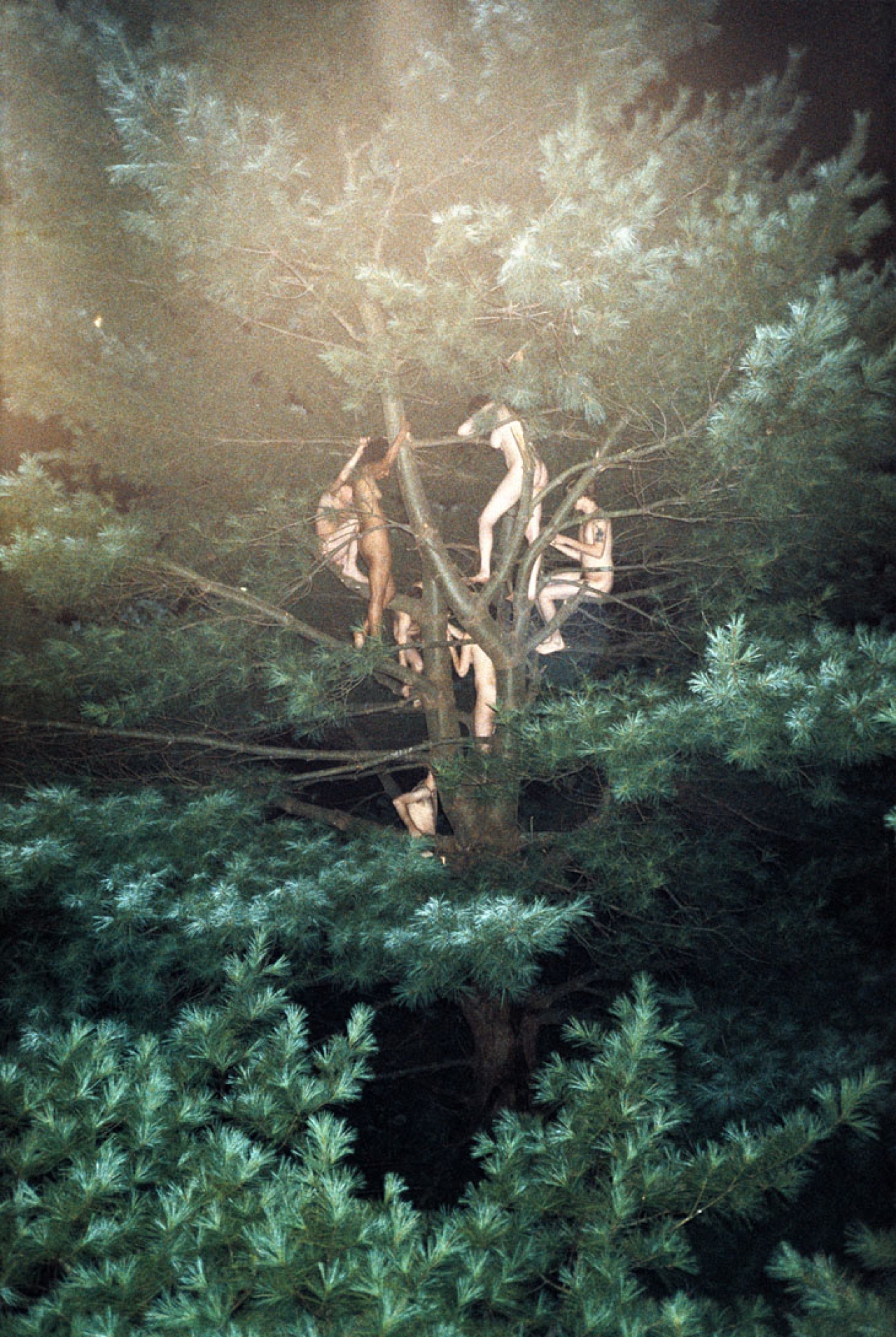Whistle for the wind, Ryan McGinley and Gus van Sant
Kunsthal KAdE’s new summer exhibition is a major overview of work by American photographer Ryan McGinley (b. 1977, New Jersey, US). The show will include works from every series and period in the photographer’s career, from the gritty snapshots of his early life in the urban underworld of late-1990s Manhattan right through to his recent, highly aesthetic ‘road movie’ photographs of young nudes shot amid the untamed nature of the rural United States.

Adventurer Ryan McGinley is by the age of twenty-four already very famous throughout the whole world and hard to interview because he’s on the road all the time making these wonderful images. When he was in the Netherlands for one day for the opening in Kunsthal Kade, I missed my long-cherished moment to interview the adventurer, photographer, spoiled boy McGinley because of the migraine devil. Today we publish a part of the conversation between film director Gus van Sant and Ryan McGinley that I have often read in lost minutes from the book Whistle for the wind.
Ryan McGinley: A nice thing about being on the road is that you’re forced to work because there’s nothing else to do, and the stakes are high. We’re always looking over our shoulder for the cops. That’s why I was saying before that I felt outside of society. I don’t think that a lot of people who look at my photographs realize that what I do is often illegal. You can’t just go out and take nude photographs in public. We always have a lookout – an assistant posting with a walkie-talkie, saying “Okay, it’s clear, you can shoot now,” and we’re always ducking farmers or cops who would arrest us for public nudity or trespassing. The way I work now is a lot like when I grew up skateboarding and dodging cops at skate spots. I skated every single day of my life from when I was five years old until I was eighteen. Once I went to art school, though, I realized it was either one or the other.
Gus van Sant: Skating or art?
Yeah, skating or art. That’s what I came down to. I could either continue skating every single day or dedicate myself to art. So I decided to give up and make art. I went from painting to poetry to graphic design, and I feel like all those things are elements in my art, and especially the spirit of skating. (…) I don’t skate anymore, but the way that I make photographs is the same exact way that I skateboarded. I’m using the landscape creatively. I go to a spot, see the potential of what’s there, and come back with my friends and make it happen. I used to videotape skateboarding too. Whenever people ask me how I started making photographs , I tell them about how I got a Hi-8 video camera when I was a sophomore in high school and videotaped all my friends skateboarding in New Jersy and New York City. That’s how I realised I’m really interested in watching people.
Right.
It’s weird, I’ve documented all these intimate experiences with people I’m close with. A lot of my early photos are actually just my life. And over time some of these images have become well known because they have been republished and exhibited all the time. So, I’m constantly reminded of my first loves or friends who have passed away. It can be really intense, so over time I’ve learned to divorce myself from the images emotionally. Do you ever feel that way about River Phoenix when you where screening for My Own Private Idaho?
No. I pretty much have a complete appropriation, so the person that goes into the film just becomes part of the film, and even though personal memories can cross my mind, I see River in Idaho as the character that he is playing.
What do you think it is about youth that you keep coming back to? My friend always jokes that I have arrested development. Do you feel like that?
I think that’s part of it. But I think that the arrested development is really just part of being youthful in your way of thinking. I always remember the Marx Brothers saying that they felt like they were fourteen. I think they had to feel that way, or else they’d never have been able to be the Marx Brothers. As an artist, you’re trying to have a playful mind. I think for me the youthful characters are just the most interesting part of life.
A lot of people ask me if I’m going to continue photographing young people as I get older. It’s a hard question for me to answer, because, well, I don’t know. Maybe. I feel like youth is what I’m most interested in because it’s a time in your life where there’s so much possibilities and so much confusion, and anger and optimism, and it’s all wrapped up together. But I never know how to answer that question.
Yes, it’s complicated. For example, there’s a couple that took photographs of water towers—
Bernd and Hilla Becher
Right, and if you had asked them “ Are you going to continue to shoot water towers for the rest of your life,” they might have said “Oh yes, of course,” because that’s their deal. So if you’re shooting people ages fourteen to twenty-five—that’s sort of my age group—than maybe that’s your deal. It’s a more common orientation than water towers, I think. Otherwise you would see a lot of water tower art. Some people paint barns. I think that’s a New England representation of tranquillity, but you can see tranquillity in your photos of young people. I don’t know how to answer it either.
Whomever I’m photographing, I sort of fall in love with, or rather my camera falls in love with them. It could be a boy or a girl, because it’s all fantasy. It’s fiction. But people still look at photographs like they’re one hundred percent real. There’s this idea that the image I’m showing them is documentary, and so they project their own ideas about what’s going on. People will come up to me and say the weirdest things about my photographs.
Oh really?
Yeah, they’ll describe something, and I’ll be like, “ Are you sure you’re talking about my photo?” And they’ll say, “Yeah, you know, the one where the person’s running from the burning car.” Where they got that idea, I’ve no clue. But just getting back to what I was saying, I feel like that there is a sense that you really have to love someone to photograph them. Not in an intimate sense, but I have to fall in love with someone with my camera to make really good pictures of them. It’s almost like I get hypnotised watching them.
A lot of time with my lead characters, my attention becomes absorbed by them. I’ve noticed that especially with Matt Dillion, Sean Penn, River and Keanu and Mike Pitt. But when they’re out of costume, they’re totally different people.
I always feel like my models look sexier with clothes on. I’m spending so much time investigating their bodies and having them do all these strenuous activities while nude, so when they put their clothes on, I’m like, “oh wow, you look great.”
Well, clothes do make people sexier.
Yeah, it’s funny, and it’s always shocking to see that. Okay, so you’ve worked with a lot of people and you’ve probably met all your heroes. Do you think that you should meet your heroes, or do you think it’s disappointing?
It depends on whether your heroes want to meet you.
–
Watch the show of Ryan McGinley at Kunsthal Kade, check opening dates here.
Overview Pictures by Mike Bink




